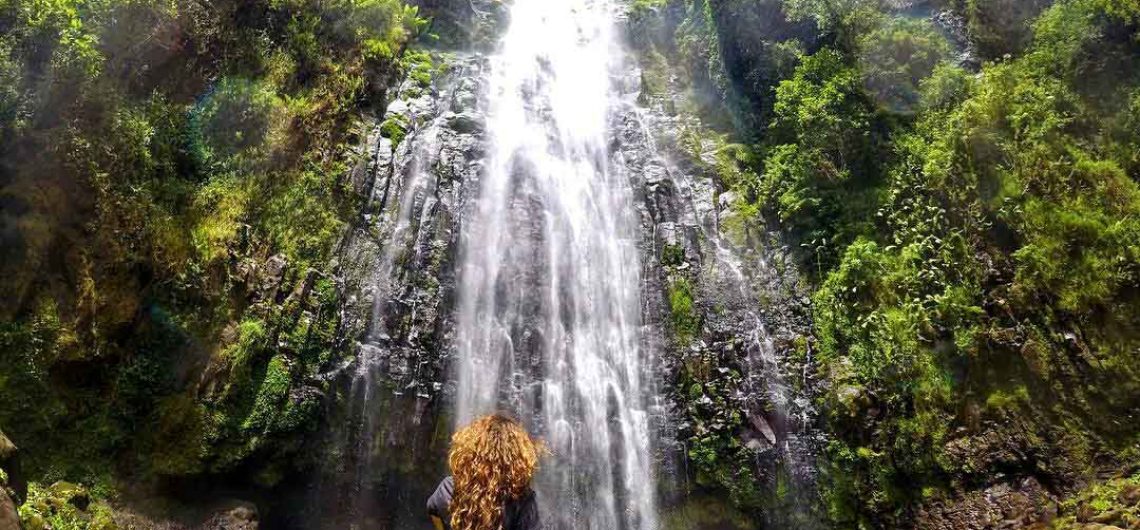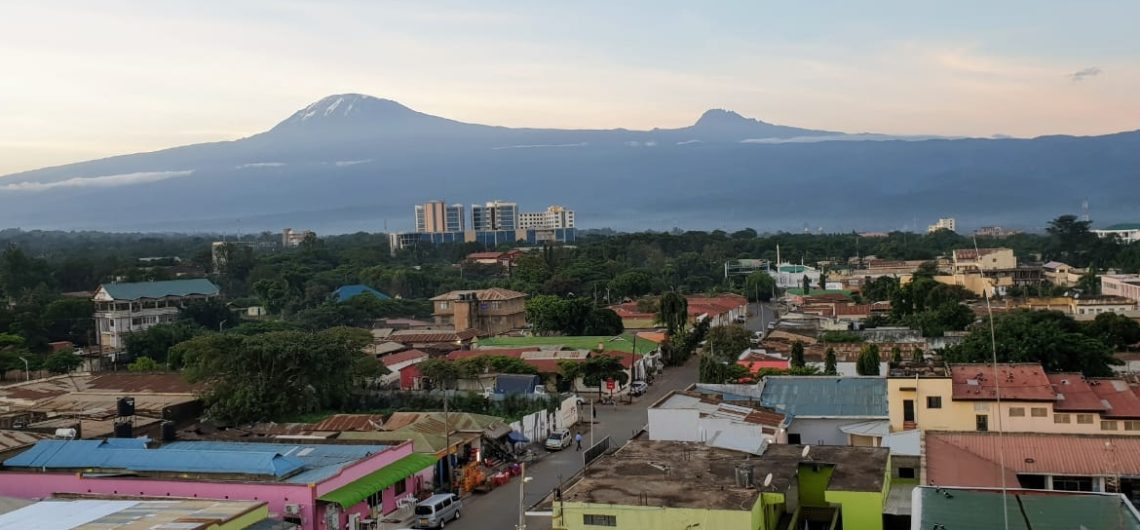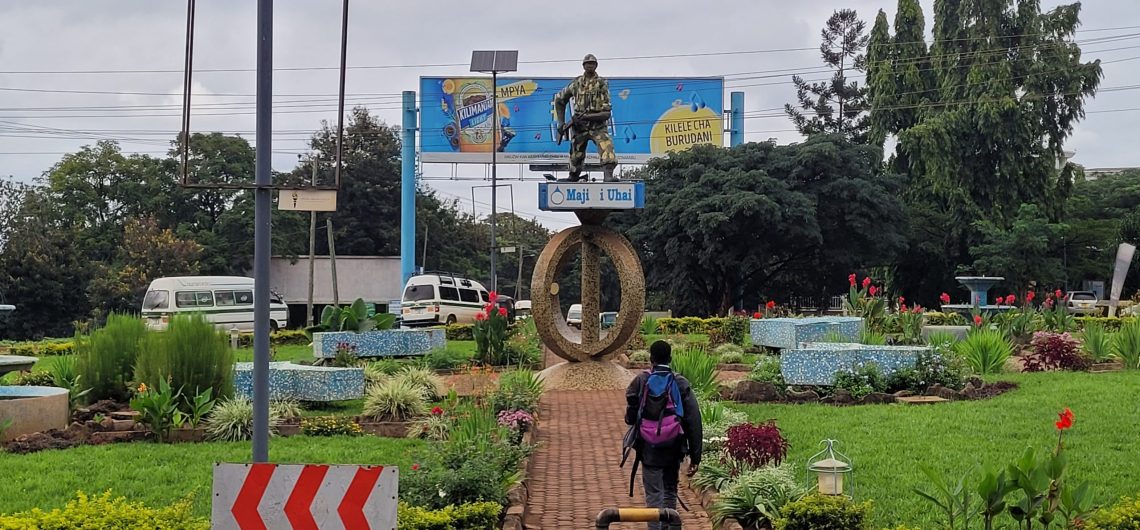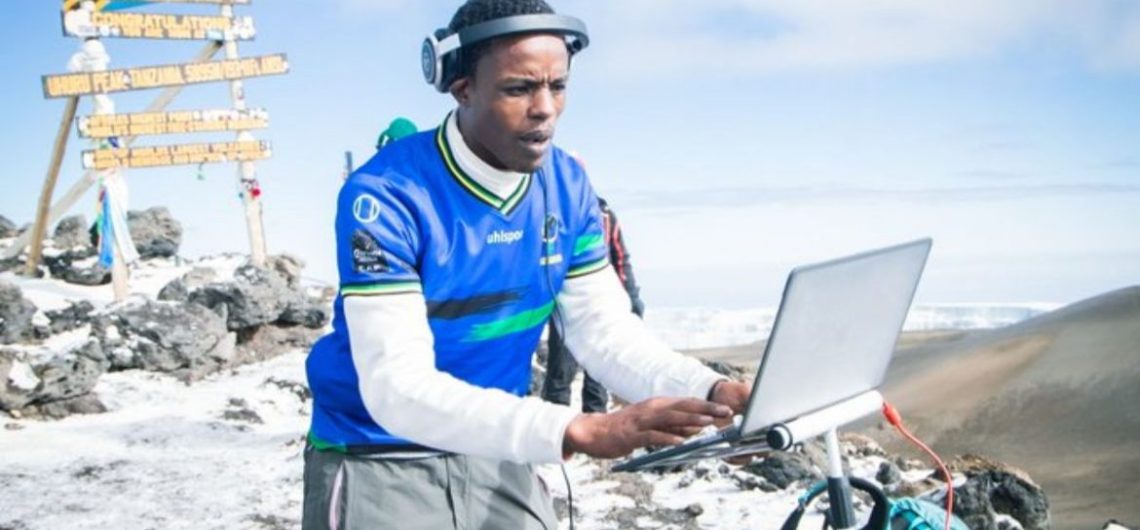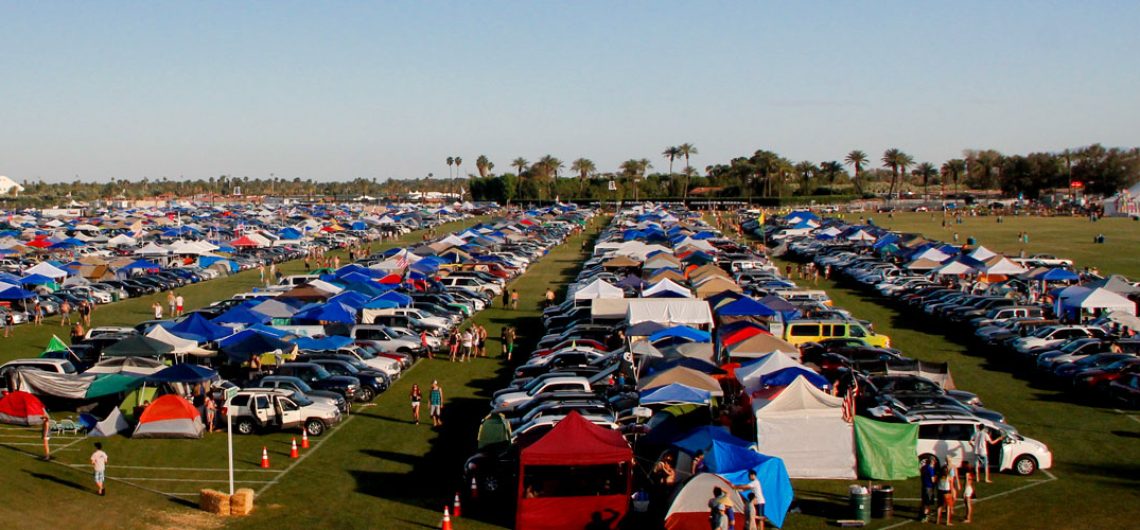Moshi is a vibrant town located in northern Tanzania, near the border with Kenya. It is situated at an altitude of approximately 700 (south) to 950 (north) meters above sea level. Nestled at the foothills of Mount Kilimanjaro, the highest peak in Africa, Moshi enjoys a picturesque setting with breathtaking views of the iconic mountain.
![]()
Welcome to the captivating Moshi Town tour! Situated at the base of Africa’s highest peak, Mount Kilimanjaro, Moshi is a delightful town in Tanzania that offers a unique blend of natural wonders, rich cultural heritage, and exciting adventures. Whether you’re an outdoor enthusiast, a culture aficionado, or a curious traveler, this tour is designed to
![]()
Listening to music while climbing Kilimanjaro can be a great way to boost your spirits during the challenging trek. Having your favorite songs on your iPod, phone, or MP3 player can provide motivation and help you maintain a steady rhythm on the path. But did you know a DJ brought the party to a standstill
![]()
Camping at the Coachella Festival of Arts and Music and camping on Kilimanjaro offer unique and contrasting experiences in two different settings. Coachella, one of the world’s most renowned music festivals, takes place in the California desert, while Kilimanjaro, the highest peak in Africa, offers an exhilarating trekking adventure. Both camping experiences have their own
![]()

